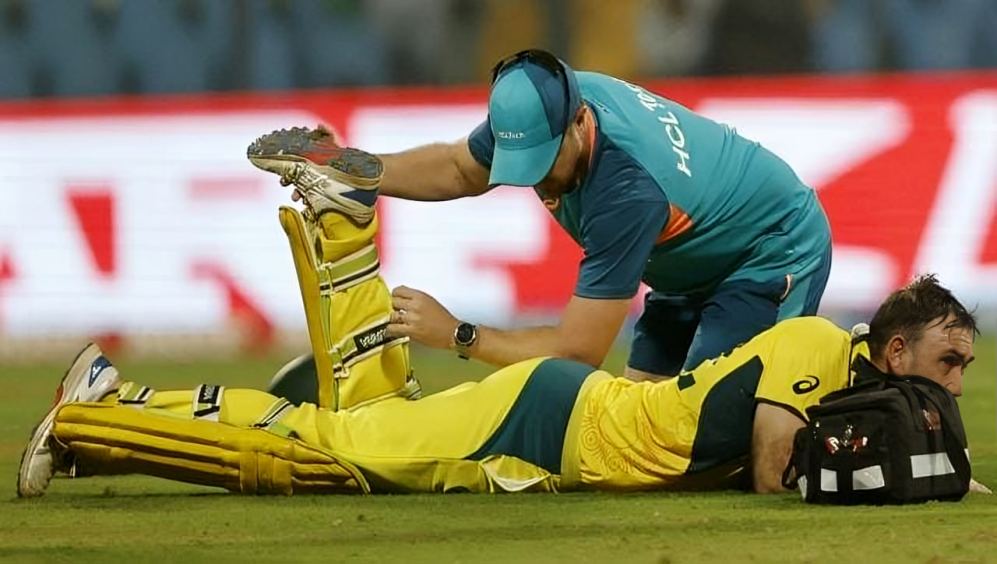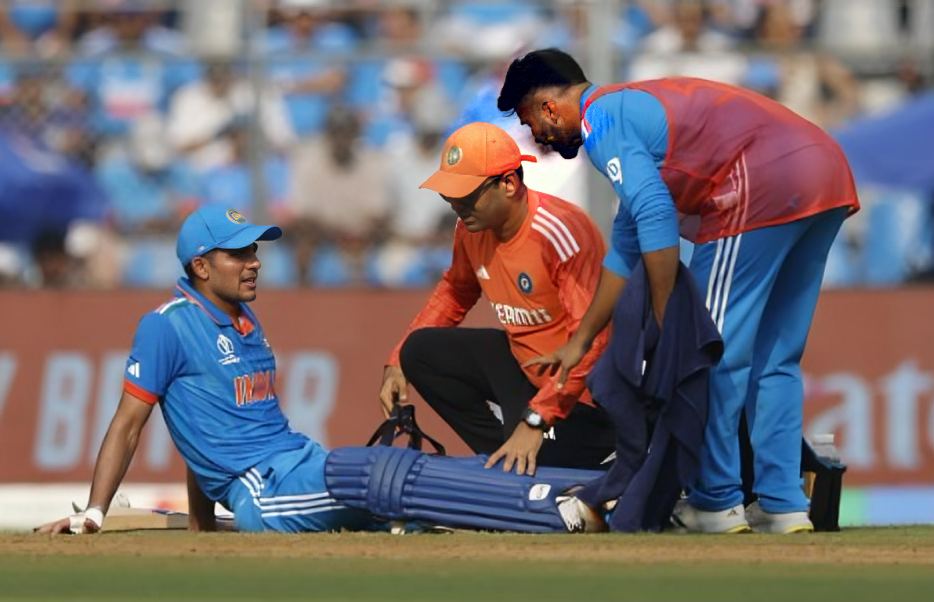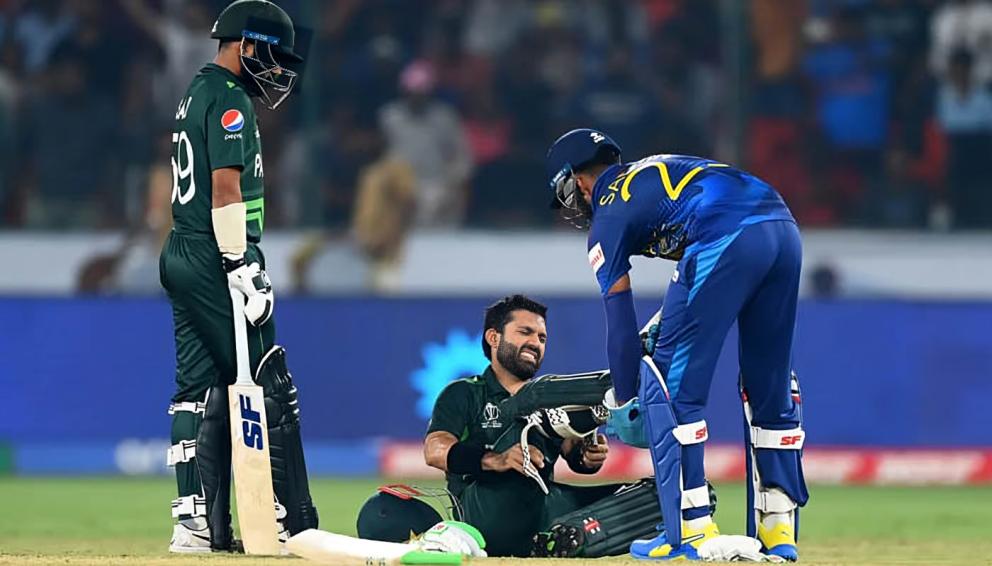Cricketers often experience cramps due to intense physical exertion, dehydration, and prolonged periods of play. During matches, they undergo sudden bursts of activity—like sprinting, diving, or bowling—which place significant strain on their muscles. When cricketers are dehydrated or lack proper electrolytes, muscles can tighten and lead to cramping.
Extended time spent under hot conditions, common in cricket, increases the likelihood of sweating and fluid loss, further contributing to cramps. Preventing cramps often involves maintaining hydration, stretching adequately, and balancing electrolytes through nutrition and sports drinks to support sustained performance without muscle fatigue.
Cricketers’ cramps

Cricketers’ cramps can also stem from repetitive muscle use, particularly for bowlers and batters who repeatedly engage the same muscle groups. In cricket, players endure long hours of standing and quick sprints, often in high heat, which places added pressure on leg and arm muscles. These repetitive movements lead to muscle fatigue, a primary cause of cramps. Poor warm-ups, inadequate recovery between games, or lack of conditioning can also lead to muscle stiffness, which increases the risk of cramping.

Cramps are especially common in high-stakes matches, where adrenaline and stress levels are higher. These factors, combined with fatigue, can trigger cramps more quickly, affecting players’ focus and reaction times. To counteract cramps, cricketers often undergo conditioning programs that enhance muscle endurance, emphasize cooling and hydration breaks, and incorporate electrolyte-rich diets. This comprehensive approach helps reduce the risk of cramps, allowing players to sustain energy and remain agile throughout the game.

Here are some key points on why cricketers get cramps:
- Dehydration: Loss of fluids, especially in hot weather, leads to an electrolyte imbalance, triggering muscle cramps.
- Muscle Fatigue: Repeated use of the same muscles during batting, bowling, or fielding causes muscle exhaustion, increasing cramp risk.
- Electrolyte Imbalance: Loss of essential minerals like potassium, sodium, and magnesium from sweat can lead to cramping.
- Intense Physical Activity: Quick sprints, dives, and long periods of standing put a strain on leg and arm muscles.
- Poor Warm-up or Conditioning: Inadequate warm-up or lack of muscle conditioning results in stiffer muscles prone to cramps.
- Stress and Adrenaline: High-stress matches can increase adrenaline, which heightens cramping likelihood due to overexertion.
- Temperature Extremes: Playing in hot and humid conditions raises body temperature, accelerating fluid and electrolyte loss.
- Inadequate Recovery Time: Lack of sufficient rest between games leads to muscle strain and cramping in subsequent matches.
- Diet and Hydration: A balanced diet and hydration plan help maintain energy and minimize cramp risk.
- Lactic Acid Buildup: Intense activity produces lactic acid, which can lead to cramping if it accumulates in muscles.
These factors combined mean cricketers must pay close attention to hydration, nutrition, conditioning, and recovery to prevent cramps and sustain performance.

